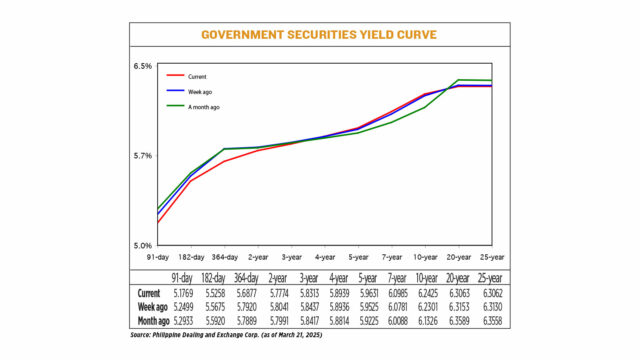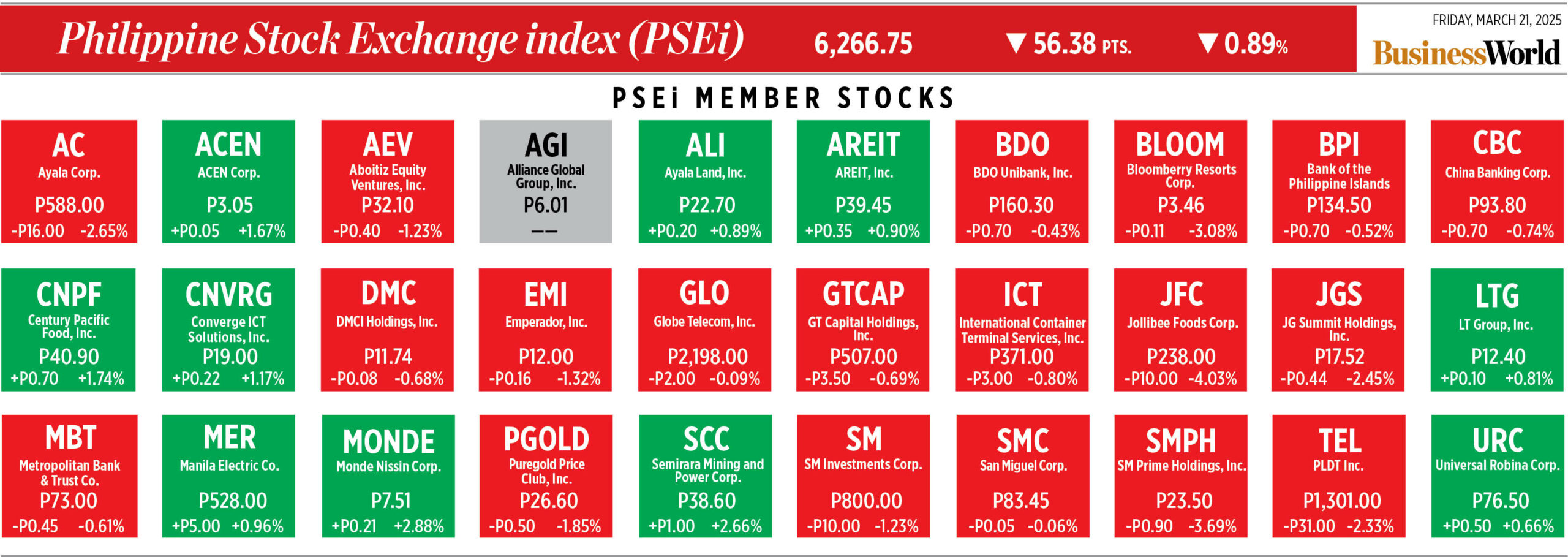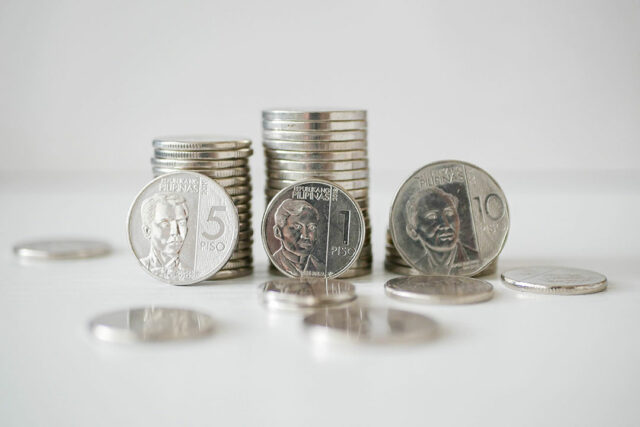Addressing the social determinants of TB
Every day, nearly 70 Filipinos lose their lives to tuberculosis (TB) — a disease that is both curable and preventable. Despite medical advancements, TB remains a silent killer in the Philippines, disproportionately affecting the most vulnerable members of society. According to Department of Health (DoH) data, about 1 million Filipinos currently have active TB. The country also holds the highest TB incidence rate in Southeast Asia and ranks among the five nations accounting for more than half of global multidrug-resistant TB and rifampicin-resistant TB cases, as reported in the “Global Tuberculosis Report 2024” of the World Health Organization (WHO).
March 24 is World TB Day, with this year’s theme being “Unite to End Tuberculosis.” The goal is to elevate public awareness about the ongoing TB epidemic and emphasize the importance of prevention, early diagnosis, and effective treatment. Beyond this, the theme highlights the need for universal access to quality healthcare services, ensuring that everyone, regardless of their economic status, can receive the care they need.
The staggering TB incidence rate in the Philippines underscores the urgency of implementing comprehensive interventions. These must not only focus on screening, diagnosis, and treatment but also address the social determinants of TB — the socioeconomic, environmental, and health-related factors that increase vulnerability to the disease. As Flores et al. noted in their editorial, “The social determinants of tuberculosis in the Philippines,” published in the January 2022 issue of The Lancet Global Health, these underlying factors influence all stages of TB, from exposure and progression to diagnosis and treatment outcomes.
The WHO emphasizes that the TB epidemic is shaped by social and economic development and health-related risk factors such as undernutrition, diabetes, HIV infection, alcohol use disorders, and smoking. Achieving global targets for TB reduction and ensuring access to preventive and curative services require progress toward universal health coverage (UHC). This must be coupled with addressing the broader social and economic determinants of TB, such as poverty, overcrowded living conditions, and limited access to education and healthcare.
Poverty stands out as a powerful determinant of TB. Poorly ventilated and overcrowded living environments facilitate TB transmission. Undernutrition — a direct consequence of poverty — weakens immune systems, making individuals more susceptible to developing active disease. Additionally, poverty limits access to healthcare and education, contributing to delayed diagnoses and incomplete treatments. This cycle underscores the critical role of poverty alleviation in reducing TB transmission and progression.
The DoH TB Program Review highlights that vulnerable populations in the Philippines — including the urban poor, people living with HIV, and persons deprived of liberty (PDLs) — are disproportionately affected by TB. Filipinos aged 0 to 24 years account for over 27% of the TB burden, with many in this group spending substantial time in crowded settings like schools, where the risk of spreading infection is high. Alarmingly, individuals aged 10 to 24 are more likely to discontinue TB treatment compared to older age groups. Moreover, this demographic has experienced the steepest rise in HIV infections in the country, yet less than half are on antiretroviral therapy, placing them at heightened risk of developing TB.
The relationship between HIV and TB is particularly deadly, with each disease accelerating the other’s progression. The WHO reports that people living with HIV are 16 times more likely to develop TB than those without HIV. Tragically, TB remains the leading cause of death among people with HIV.
Flores et al. call for a grassroots approach tailored to provide social protection for vulnerable populations. They advocate for interventions targeting Filipinos living in overcrowded areas, individuals in poverty without access to education and healthcare, PDLs in congested prisons, and young people living with HIV who lack access to antiretroviral treatment. Addressing these socioeconomic determinants is essential to tackling one of the country’s most significant health challenges.
Pharmaceutical advancements also play a crucial role in combating TB. Collaborating with governments and other stakeholders, the pharmaceutical industry has developed innovative solutions, including new drugs and shorter treatment regimens for drug-sensitive and drug-resistant TB, child-friendly drug formulations, and molecular diagnostics. Research on TB vaccines is also making progress, alongside digital health tools and artificial intelligence to enhance patient care.
Beyond traditional treatment models, behavioral interventions are being integrated to improve adherence to TB medications and prevent the rise of drug resistance. Expanding access to these innovations and accelerating patient identification in high-burden areas are critical priorities.
Ending TB requires a unified, multi-sectoral approach involving governments, healthcare providers, communities, and industries. By addressing the root causes of TB — poverty, overcrowding, and limited healthcare access — and integrating technological and medical advancements, we can turn the tide on this preventable and curable disease. Together, we can make TB a relic of the past.
Teodoro B. Padilla is the executive director of Pharmaceutical and Healthcare Association of the Philippines, which represents the biopharmaceutical medicines and vaccines industry in the country. Its members are in the forefront of research and development efforts for COVID-19 and other diseases that affect Filipinos.














